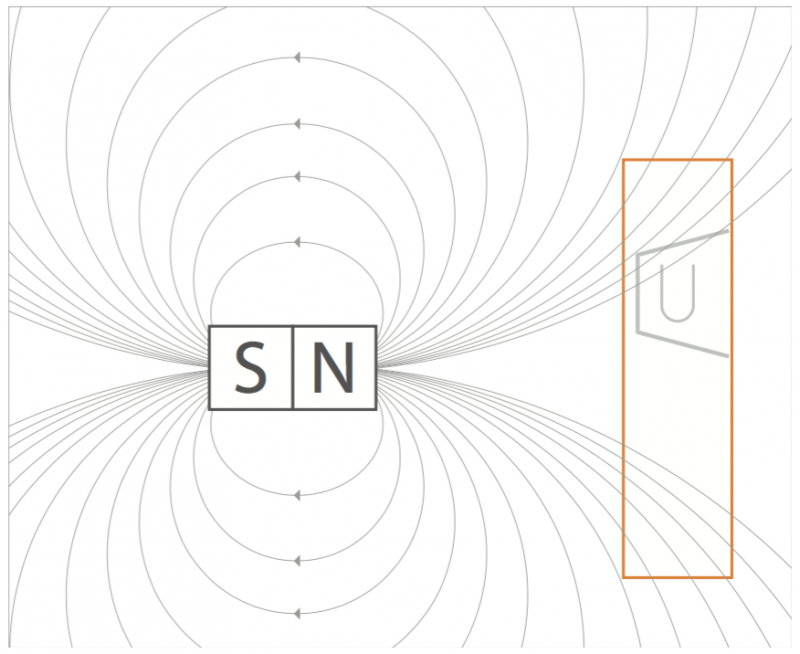How does distance affect the strength of a magnetic field?
NGSS Alignment: MS-PS2-3
The disciplinary core idea behind this standard is PS2.B: Types of Interactions. It specifically looks at electric and magnetic forces and how they can be attractive or repulsive, and how the size of the force can depend on the magnitudes of the charges, currents, or magnetic strengths involved. The strength can also depend on the distances between the interacting forces.
This lesson specifically looks at how the strength of magnetic forces acting at a distance can change when the distance changes. This lesson also looks at the crosscutting concept, Cause and Effect, as it asks students to predict the relationship between distance and magnetic field strength and then test their prediction.
The setup and materials required for the lesson are fairly simple. Students need a PocketLab Voyager or PocketLab One to measure the strength of the magnetic field of a magnet. They also need a piece of paper and a ruler to help them show the changing location of the magnet and its effect on the strength of the magnetic field, measured by the PocketLab.
MS-PS2-2: Ask questions about data to determine the factors that affect the strength of electric and magnetic forces.
The standard is broken down into the three NGSS pillars below:
Science and Engineering Practices - Asking Questions and Defining Problems
Disciplinary Core Ideas - PS2.B Types of Interactions
Crosscutting Concepts - Cause and Effect
Exploration
Can you throw a baseball without touching it? No, your hand needs to push the baseball forward as your throw it. Objects often interact like this, through contact. The baseball will then stop moving after contacting the ground or a catcher’s mitt. But can two objects interact when they aren’t in contact, when they are instead, at a distance from each other? Using PocketLab, you can explore how this might be possible.
Objective
In this experiment, students will:
1. Draw a conclusion, supported by data collected in your investigation, about whether objects can exert forces on each other at a distance.
2. Use the magnetometer to determine the relationship between the magnetic field strength and its distance from a dipole magnet.
Download PDF for complete lab activity


